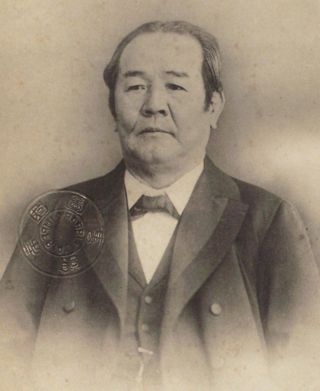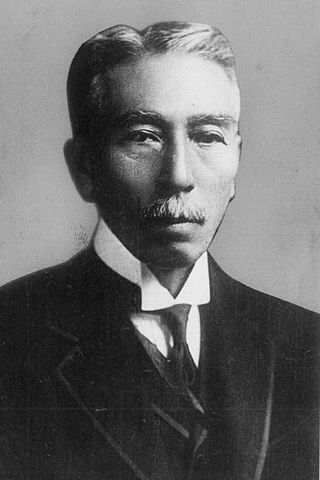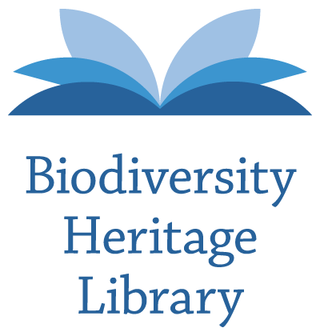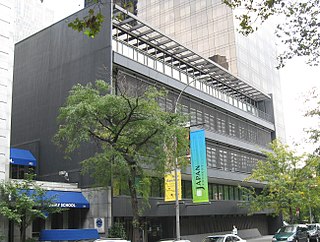
Rotary International is one of the largest service organizations in the world. The mission of Rotary, as stated on its website, is to "provide service to others, promote integrity, and advance world understanding, goodwill, and peace through [the] fellowship of business, professional, and community leaders". It is a non-political and non-religious organization. Membership is by application or invitation and based on various social factors. There are over 46,000 member clubs worldwide, with a membership of 1.4 million individuals, known as Rotary members.

The National Cherry Blossom Festival is a spring celebration in Washington, D.C., commemorating the March 27, 1912, gift of Japanese cherry trees from Mayor Yukio Ozaki of Tokyo City to the city of Washington, D.C. Ozaki gave the trees to enhance the growing friendship between the United States and Japan and also celebrate the continued close relationship between the two nations. Large and colorful helium balloons, floats, marching bands from across the country, music and showmanship are parts of the Festival's parade and other events.

Nobuhito, Prince Takamatsu was the third son of Emperor Taishō (Yoshihito) and Empress Teimei (Sadako) and a younger brother of Emperor Shōwa (Hirohito). He became heir to the Takamatsu-no-miya, one of the four shinnōke or branches of the imperial family entitled to inherit the Chrysanthemum throne in default of a direct heir. From the mid-1920s until the end of World War II, Prince Takamatsu pursued a career in the Japanese Imperial Navy, eventually rising to the rank of captain. Following the war, the prince became patron or honorary president of various organizations in the fields of international cultural exchange, the arts, sports, and medicine. He is mainly remembered for his philanthropic activities as a member of the Imperial House of Japan.

The Adelaide Botanic Garden is a 51-hectare (130-acre) public garden at the north-east corner of the Adelaide city centre, in the Adelaide Park Lands. It encompasses a fenced garden on North Terrace and behind it the Botanic Park. Work was begun on the site in 1855, with its official opening to the public on 4 October 1857.

Shibusawa Eiichi, 1st Viscount Shibusawa was a Japanese industrialist widely known today as the "father of Japanese capitalism", having introduced Western capitalism to Japan after the Meiji Restoration. He introduced many economic reforms including use of double-entry accounting, joint-stock corporations and modern note-issuing banks.

The Chicago Botanic Garden is a 385-acre (156 ha) living plant museum situated on nine islands in the Cook County Forest Preserves. It features 27 display gardens and five natural habitats including Mary Mix McDonald Woods, Barbara Brown Nature Reserve, Dixon Prairie, the Skokie River Corridor, and the Lakes and Shorelines. The garden is open every day of the year. An admission fee has been approved to start in 2022, not to exceed $35.

Yukio Ozaki was a Japanese politician of liberal signature, born in modern-day Sagamihara, Kanagawa. Ozaki served in the House of Representatives of the Japanese Diet for 63 years (1890–1953). He is still revered in Japan as the "God of constitutional politics" and the "father of the Japanese Constitution".
The Massachusetts Horticultural Society, sometimes abbreviated to MassHort, is an American horticultural society based in Massachusetts. It describes itself as the oldest formally organized horticultural institution in the United States. As of 2014, it had some 5,000 members.

Prince Tokugawa Iesato was the first head of the Tokugawa clan after the overthrow of the Tokugawa shogunate, and a significant figure in Japanese politics and diplomacy during the Meiji, Taishō and early Shōwa period of Japan. When Prince Tokugawa travelled to other nations representing Japan during his diplomatic journeys, he usually presented his name as Prince Iyesato Tokugawa. Prince Tokugawa held the influential position of president of Japan's upper house of congress the Diet for 30 years. Tokugawa promoted democratic principles and international goodwill. It was only after his death in 1940 that Japanese militants were able to push Japan into joining the Axis Powers in WWII.

Prince Iemasa Tokugawa also known as Iyemasa, was a Japanese political figure of the Taishō and early Shōwa periods. He was the 17th hereditary head of the former shogunal branch of the Tokugawa clan and the final President of the House of Peers in the Diet of Japan.

Baron Dan Takuma was a Japanese businessman who was Director-General of Mitsui, one of the leading Japanese zaibatsu. He was a graduate of Massachusetts Institute of Technology and was married to the younger sister of statesman Kaneko Kentarō.

The Biodiversity Heritage Library (BHL) is the world’s largest open access digital library for biodiversity literature and archives. BHL operates as a worldwide consortium of natural history, botanical, research, and national libraries working together to address this challenge by digitizing the natural history literature held in their collections and making it freely available for open access as part of a global "biodiversity community". The BHL consortium works with the international taxonomic community, publishers, bioinformaticians, and information technology professionals to develop tools and services to facilitate greater access, interoperability, and reuse of content and data. BHL provides a range of services, data exports, and APIs to allow users to download content, harvest source data files, and reuse materials for research purposes. Through taxonomic intelligence tools developed by Global Names Architecture, BHL indexes the taxonomic names throughout the collection, allowing researchers to locate publications about specific taxa. In partnership with the Internet Archive and through local digitization efforts, BHL's portal provides free access to hundreds of thousands of volumes, comprising over 59 million pages, from the 15th-21st centuries.

The Nippon Club of New York City is a private social club on 57th Street in Midtown Manhattan, New York City, founded in 1905 by Jōkichi Takamine for Japanese Americans and Japanese nationals. The only Japanese traditional gentlemen's club in the United States, the Nippon Club's dual purpose is to help enhance the unity of the Japanese community in New York City and to help develop evolving relationships with the American people. Over the course of its first century, the Nippon Club has fostered ongoing business and cultural relationships through various events, workshops, cultural classes and athletic events.

Japan Society is a non-profit organization formed in 1907 to promote friendly relations between the United States and Japan. Its headquarters was designed by Junzo Yoshimura and opened in 1971 at 333 East 47th Street near the United Nations. With a focus on promoting "arts and culture, public policy, business, language, and education", the organization has regularly held events in its many facilities, including a library, art gallery, and theater, since its opening. After suspending all activities during World War II, Japan Society expanded under the leadership of John D. Rockefeller III.
The Archives of American Gardens is an archive dedicated to preserving documentation and content related to gardens in the United States. Established in 1992, the Archives are located in Washington, D.C., United States, and are maintained by Smithsonian Gardens, a unit of the Smithsonian Institution.
The Woman's National Farm & Garden Association (WNF&GA) is an American non-profit organization dedicated to promoting agriculture and horticulture. Membership is open to men and women; chapters are active in the Northeastern United States and the East North Central States.

The Pennsylvania School of Horticulture for Women was one of the first horticultural schools to be established by and for women in the United States, opening on February 10, 1911. As the second institution to provide women with a practical education in horticulture and landscape architecture, it made possible their entry into a professional field. Although some men were employed in faculty positions, the school's leadership was intentionally female. As of 1919, the board of trustees consisted of twenty-five prominent women citizens. All but the last director of the school were women.

Louisa Boyd King was an American gardener and author who became a leading advocate of gardening and horticulture, especially in connection with the garden club movement. She wrote on horticultural topics as Mrs. Francis King.
The American Iris Society is an organization dedicated to sharing information about and sponsoring research on the iris, a temperate zone plant that is often cultivated for its showy flowers. A major goal in its early years was to bring order to the then-confused nomenclature of the genus Iris, especially garden iris species and cultivars. Its members comprise horticulturists, botanists, gardeners, plant breeders, and nursery owners.
Mary Helen Wingate Lloyd (1868–1934) was an American horticulturist who was a founding member of the American Iris Society and creator of a celebrated "iris bowl" garden.
















